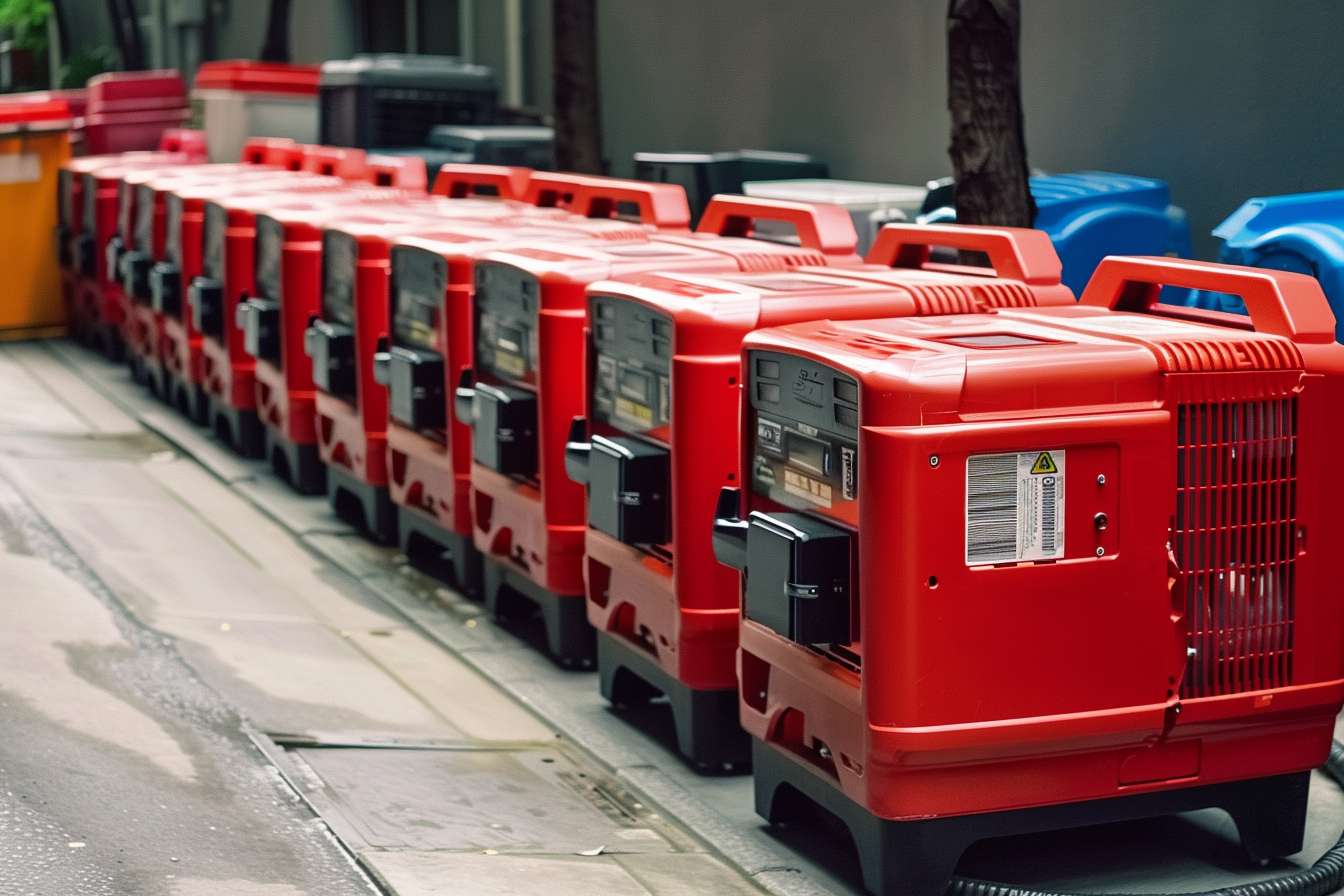Safety equipment and containment options for road and air transfers
Moving a companion animal by road or air requires planning around containment, documentation, and the animal’s welfare. This summary outlines essential safety equipment, carrier types, and regulatory checkpoints to help owners prepare for transfers while minimizing stress and biosecurity risks.

Moving a companion animal safely for road or air transport combines appropriate containment, attention to health documentation, and practical care during the journey. Planning reduces stress for the animal and lowers the chance of incidents such as escapes, injury, or disease transmission. Key elements include choosing an approved carrier or crate, confirming microchip and vaccination requirements, preparing documentation for border or airline checks, and arranging nutrition and rest stops for longer road transfers. Thoughtful containment also considers the animal’s behavior and any special veterinary instructions.
Companion preparation for transfers
Preparing the animal itself is the first step. Acclimate a companion to the chosen carrier days to weeks in advance using positive reinforcement; let toys, bedding, and treats create positive associations. For nervous animals, short practice sessions that mimic travel noise and motion can reduce anxiety. Make sure behavior concerns are discussed with a veterinarian or behaviorist before travel, and document any calming medications or strategies you plan to use. Proper ID and updated paperwork reduce the risks associated with escapes or separation during transfers.
Travel documentation and microchip checks
Documentation is a central safety consideration for both road and air transport. Many carriers and border authorities require a registered microchip number, proof of vaccinations, and a veterinary health certificate. Confirm that the microchip is readable and registered to current contact information well before departure. Keep originals and digital copies of vaccination records, health certificates, and any permits in a waterproof folder. Airlines and some jurisdictions may require specific forms or inspections, so verify documentation requirements with local services and the transport provider in your area.
Transport carriers and containment options
Selecting the right carrier or crate depends on animal size, species, and journey type. For air travel, use airline-approved hard-sided crates with secure, reinforced latches and adequate ventilation. For road trips, secure soft- or hard-sided carriers with seat belts or crate anchors to prevent movement during sudden stops. For larger animals, consider reinforced transport cages or partitioned vehicle crates designed for canine or feline use. For short transfers, padded carriers with absorbent bedding and a leakproof pan help maintain hygiene. Label the carrier with contact information, destination, and any handling instructions.
Carrier behavior and in-transit care
Behavior influences containment choices and in-transit care. Some animals do best with a familiar blanket and an item carrying home smells, while others need minimal stimuli. Monitor breathing and signs of distress for the duration of the journey. Never open a carrier in an unsecured area; when moving in airports or public spaces, use a leash and harness for animals that can be handled outside the crate. For long road transfers, schedule frequent breaks to offer water, allow elimination, and check on the animal’s condition. Avoid feeding large meals immediately before travel to reduce motion-related upset.
Vaccination, quarantine and biosecurity
Confirm vaccination status relative to destination requirements, and allow time for immune responses if booster shots are needed. Some countries or regions impose quarantine or additional testing; check these rules early so schedules and certificates align. Practice biosecurity by cleaning and disinfecting carriers and transport areas before and after use to limit disease spread, and use single-use absorbent pads when appropriate. This article is for informational purposes only and should not be considered medical advice. Please consult a qualified healthcare professional for personalized guidance and treatment.
Nutrition, boarding and onward arrangements
Plan nutrition and boarding options for gaps in travel. For multi-leg trips, bring familiar food in measured portions to maintain routine and avoid gastrointestinal upset. If the animal will be placed in boarding or temporary care, confirm that the facility follows biosecurity protocols and accepts animals on short notice. Prepare documentation and emergency contact details for boarding providers or transport handlers. Ensure carriers are comfortable with adequate ventilation, bedding, and a nonspill water source for the duration of any stopover.
Final considerations for road and air transfers
Selecting containment and safety equipment is a balance of regulatory compliance, animal comfort, and risk minimization. For air travel, rely on airline-approved crates and complete required documentation well in advance. For road transfers, focus on securing carriers and planning rest and feeding stops. Pay attention to behavior cues and veterinary recommendations to reduce stress and health risks. Clear labeling, microchip verification, and basic biosecurity practices further protect both the animal and handlers during transfers.
Moving animals requires coordination among owners, transport providers, and veterinary professionals. When containment, behavior management, and documentation are addressed early, transfers by road or air are better controlled and safer for companion animals and those around them.




